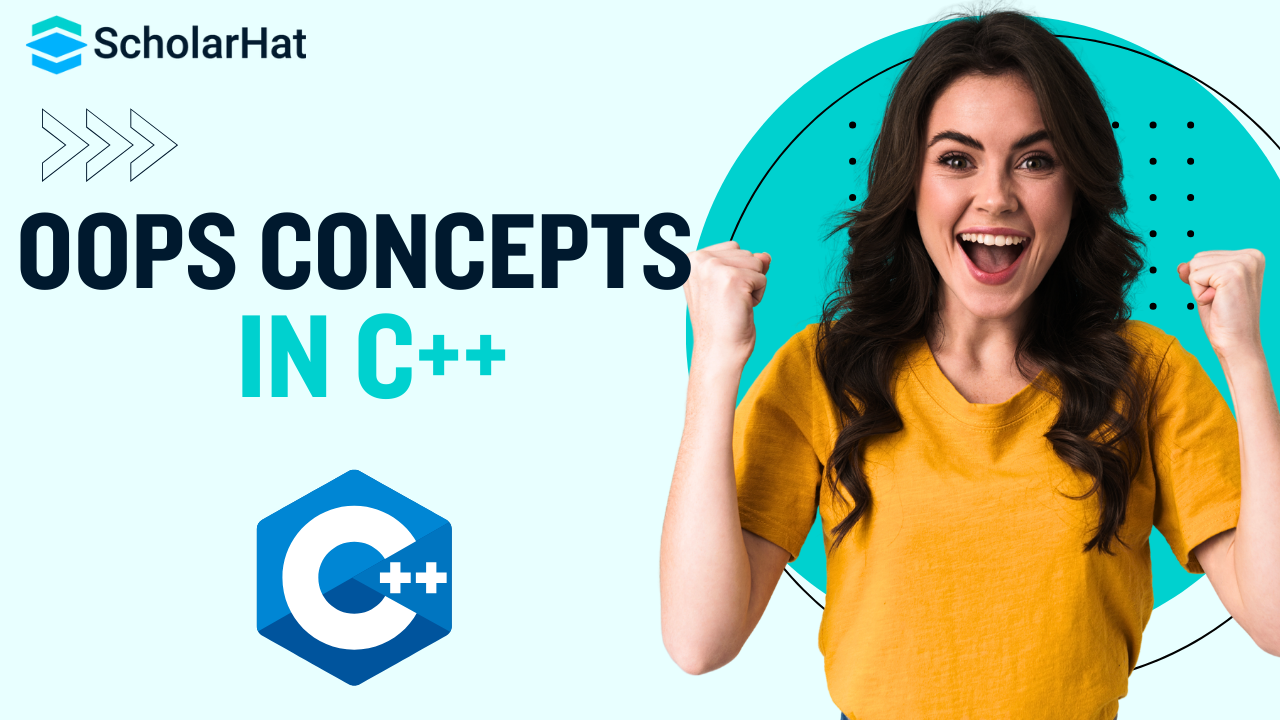
Introduction oops concepts in c++
Welcome to the fascinating world of Oops Concepts in C++! If you’re venturing into the realm of object-oriented programming, you’re in for an exhilarating journey. In this article, we’ll delve deep into the core principles of Object-Oriented Programming (OOP) using the C++ language.
What are Oops Concepts?
Defining the Foundation: Classes and Objects
At the heart of Oops Concepts in c++ lie the notions of classes and objects. These are like blueprints and actual instances, respectively. Picture a class as a template, containing attributes (data members) and behaviors (member functions). Now, an object is an embodiment of this template, carrying specific values for those attributes.
Encapsulation: Wrapping It Up
Encapsulation is a pivotal concept in OOP. It involves bundling data (attributes) and the methods (functions) that operate on the data, within a single unit (a class). This serves a dual purpose – it safeguards the integrity of data and restricts access to it, ensuring it can only be manipulated through defined methods.
Inheritance: Building on Foundations
Inheritance allows a class to inherit attributes and behaviors from another class. This fosters code reusability, as you can create new classes based on existing ones. Think of it as a parent passing down traits to its offspring.
#keywords: Polymorphism and Abstraction in Oops Concepts
Polymorphism: The Many Faces of Objects
Polymorphism refers to the ability of a function to take on different forms based on the context. In C++, this is achieved through function overloading and overriding. Function overloading enables multiple functions with the same name but different parameters, while function overriding involves redefining a function in a derived class.
Abstraction: The Art of Hiding Complexity
Abstraction entails focusing on essential details while suppressing unnecessary information. It allows us to create a simplified view of a complex system. In C++, this is achieved through abstract classes and interfaces. Abstract classes serve as blueprints for other classes, while interfaces define a contract that classes must adhere to.
#keywords: Oops Concepts in Real World, Application of Oops Concepts
Application of Oops Concepts in Real-world Scenarios
Simulating Real-world Scenarios: A Case Study
Let’s put our newfound knowledge to the test by examining a real-world scenario: a banking system. In this system, you might have classes for customers, accounts, and transactions. Each class would encapsulate relevant data and methods, ensuring a clean and organized codebase.
Flexibility and Scalability: The Power of Oops
The power of Oops Concepts truly shines when it comes to managing complexity. As your project grows, you can easily extend existing classes or create new ones, all while leveraging the inheritance and polymorphism features. This makes your code more adaptable and less prone to becoming a tangled web of spaghetti code.
The Balancing Act: When to Use Oops Concepts
Choosing the Right Tool for the Job
While Oops Concepts provide a powerful framework for organizing code, it’s essential to assess whether it’s the right fit for your project. For smaller, straightforward programs, a procedural approach might be more efficient. However, for larger, more complex projects, the benefits of OOP become evident.
Conclusion: Embracing the Power of Oops Concepts in C++
In conclusion, mastering Oops Concepts in C++ opens up a world of possibilities in software development. Understanding classes, objects, encapsulation, inheritance, polymorphism, and abstraction equips you with a powerful toolkit for building robust, scalable, and maintainable code.
So, dive in, experiment, and watch your code come to life with the elegance and efficiency of Object-Oriented Programming! Happy coding!




